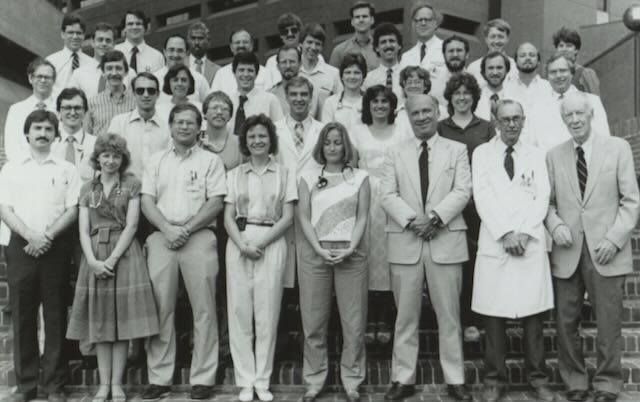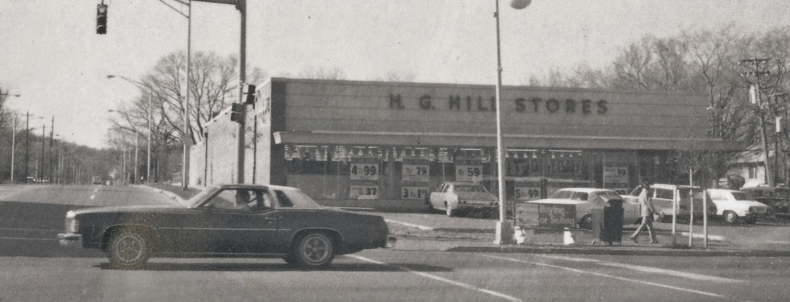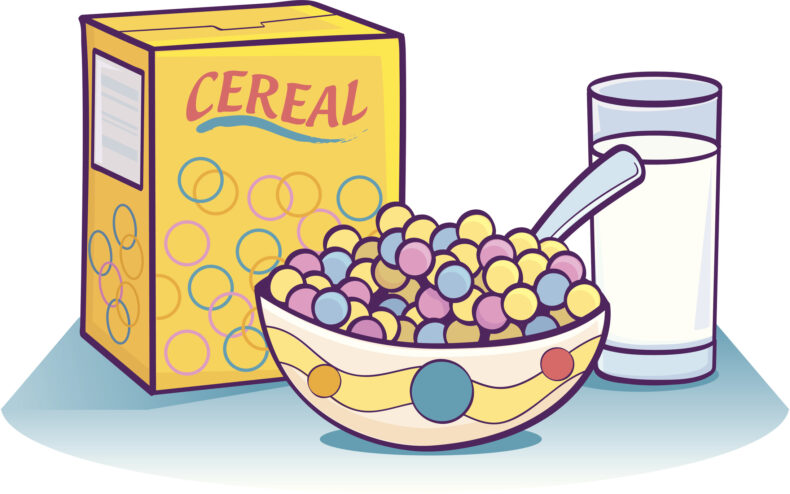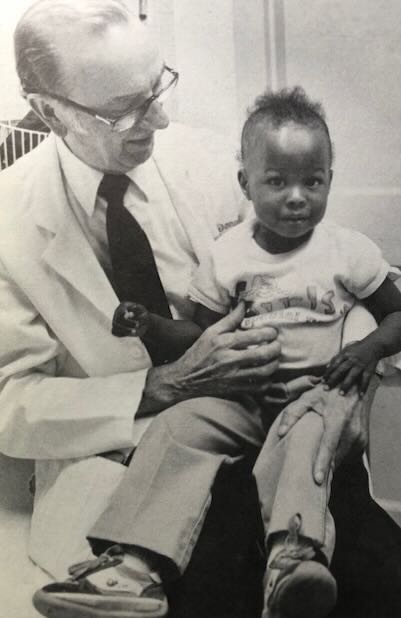There is a saying in the world of medicine: when working toward a diagnosis, think horses, not zebras.
In other words, if you see a symptom that could be something common or could be something rare, proceed first on the theory that the common is what you’re seeing. If you hear hoofbeats, it’s probably a horse, not a zebra.
This does not mean that zebras do not exist.
Gerald Hickson, MD, the founding director of the Vanderbilt Health Center for Patient and Professional Advocacy, was a young resident physician in Pediatrics at Vanderbilt in the early 1980s, and one of the older pediatricians — he thinks it was likely William “Buck” Donald, MD — passed along some hard-earned advice about a common clinical finding: blood in the stool.

Donald, a 1947 graduate of the Vanderbilt School of Medicine, who had been on the faculty since 1960, was the director of the Pediatric Ambulatory Care Unit located, as all VUMC clinics were those days, in the building we now call Medical Center North. He spent his days seeing to the cornucopia of ailments the children of Nashville could bring to his door.
“I remember being taught the need to check stool for occult and not-so-occult blood,” Hickson said. That is, blood that is hidden and blood that is visible.
Here comes the zebra — how about “blood” that is not blood at all?
The cereal and the freaked-out parents
In the 1970s a new breakfast cereal came on the market called Franken Berry, which was sugary and had a lot of artificial strawberry-like flavors and artificial colors. It was marketed by General Mills along with another monster-themed cereal, represented by the cartoon vampire Count Chocula.
Franken Berry (the character) was depicted on the box as basically what would happen if Frankenstein’s monster was crossed with a giant strawberry.
Franken Berry (the cereal) was sold in grocery stores all over the country, including in one location a stone’s throw from VUMC’s walk-in pediatrics clinic: the H.G. Hill supermarket that once stood where a small park and Vanderbilt Stallworth Rehabilitation Hospital are now.

Among the food dyes in use at that time were FD&C Red Nos. 2 and 3, and these were in the original formulation of Franken Berry. It was fairly quickly discovered that these colors are not absorbed by the body, and resulted in children who were especially fond of the cereal having pink stools and showing up at pediatrics clinics, often in the company of freaked out parents.
A 1972 report in the journal Pediatrics by a physician at the University of Maryland tells of a case of a 12-year-old whose terrified mother brought him to the hospital suspecting internal bleeding, and the resulting research that solved the mystery. The child had pink poop, but otherwise seemed fine, even after four days of hospitalization and many tests. The mystery was solved when, upon close questioning about his diet, his mom mentioned his fondness for this new cereal, Franken Berry. The children in this family were really fond of Franken Berry; it turned out his sister was pooping pink, too.
They were not alone, as evidenced by the fact that Donald felt the need to teach VUMC residents about the phenomenon several years later.
Solved: the case of the blue hands
Franken Berry still haunts the cereal aisle, but not the colons of its young fans. Its current pink hue is achieved without the dyes that caused the problems in the 1970s.
Amazingly, this isn’t even the only time unnaturally hued breakfast foods have led to similar outcomes. Another monster-themed cereal introduced in the 1970s, the faux-blueberry flavored Boo Berry, used a blue food dye that somehow turned stools green. And Smurfberry Crunch, introduced by Post in 1982, produced blue poop in some children who ate it.

Hickson recalled his own experience with a patient who showed up, not with blue stools but with blue hands – a concerning symptom of a lack of oxygen saturation — but who turned out to be fine.
The girl had been sent by her school because of a concern that the blue on her hands meant a problem with her heart.
“When I walked into her exam room, she looked good,” Hickson recalled. “The diagnosis was made when I found that an alcohol pad removed what turned out to be blue dye from a new pair of blue jeans.”
“You just never know,” he said. “You see a lot of strange things in practice.”

Research sources: Gerald Hickson; James Thweatt, VUMC Archives; Pediatrics; Smithsonian; Atlas Obscura.













